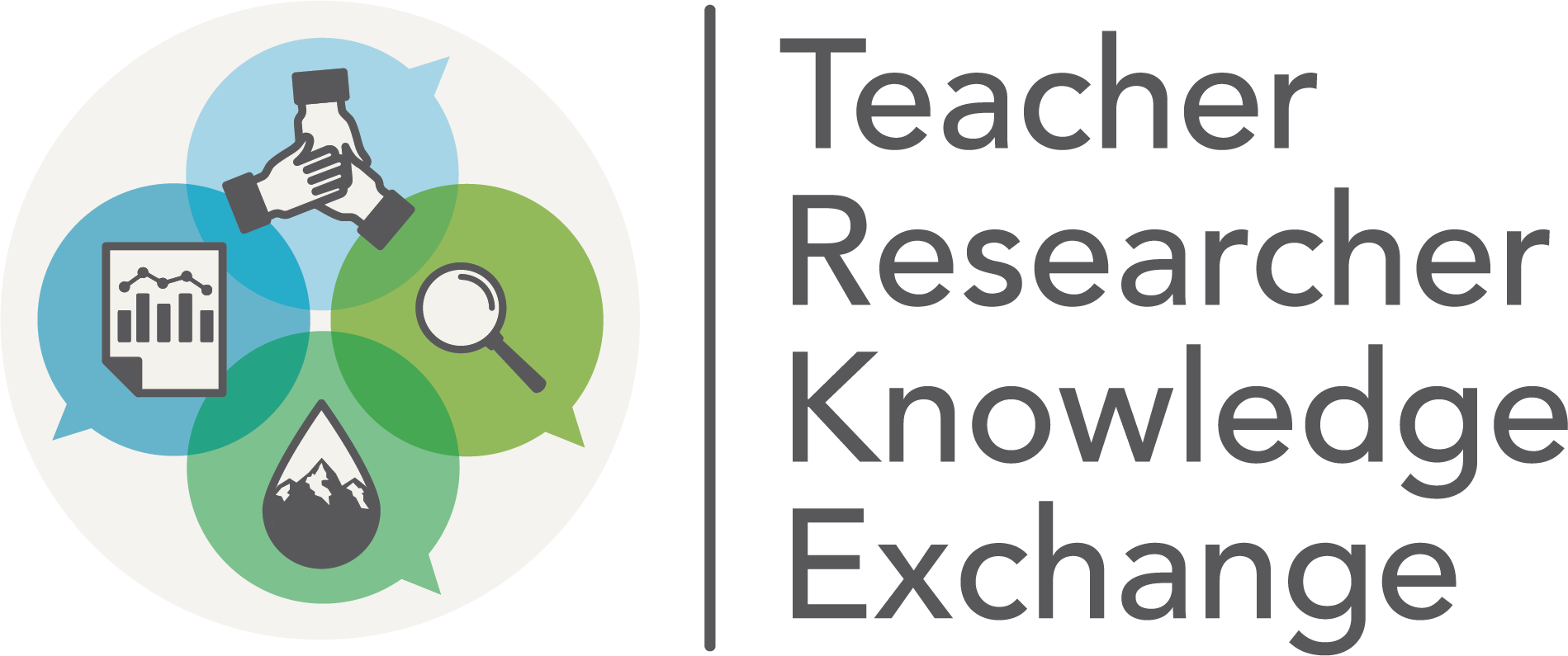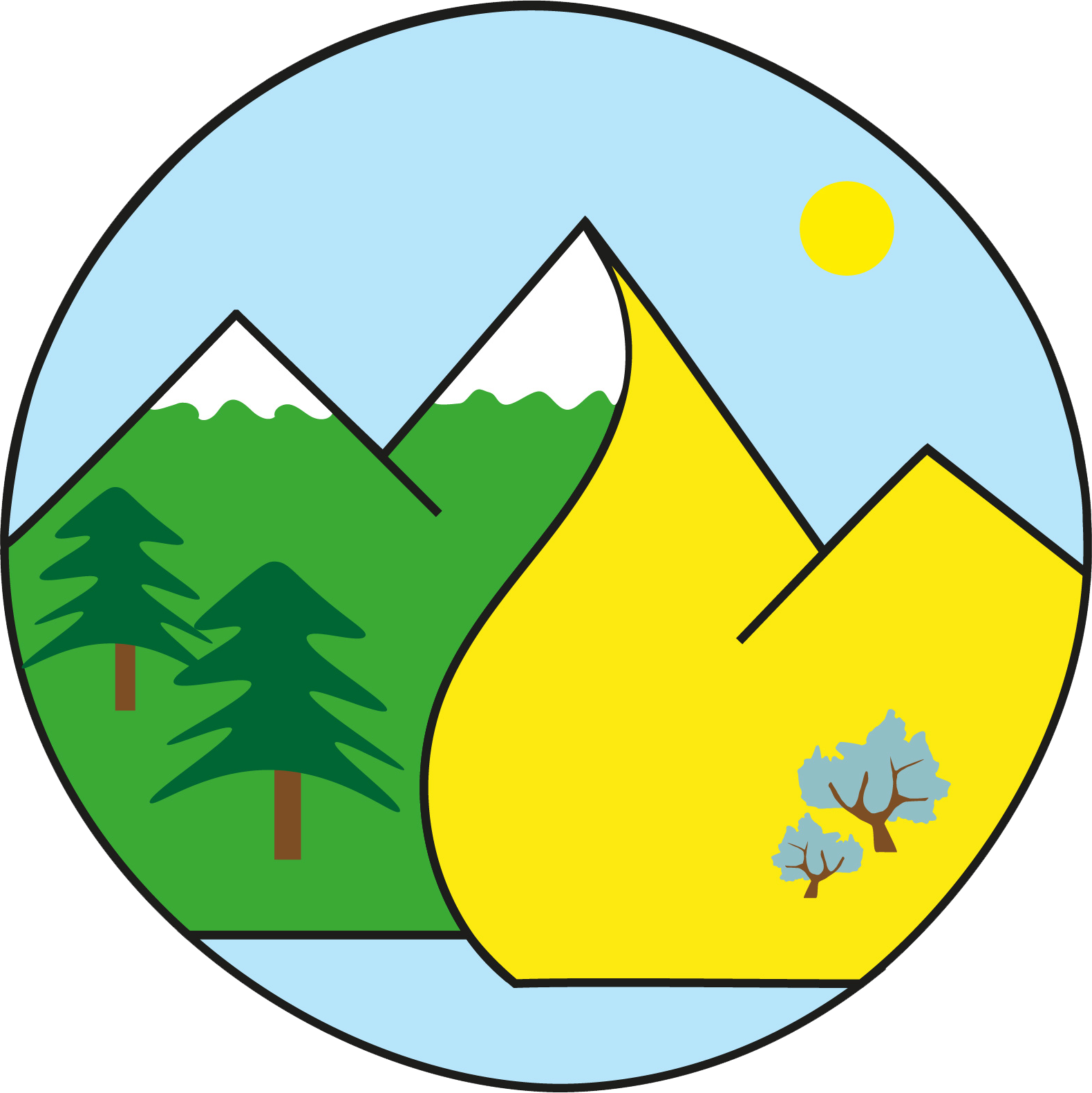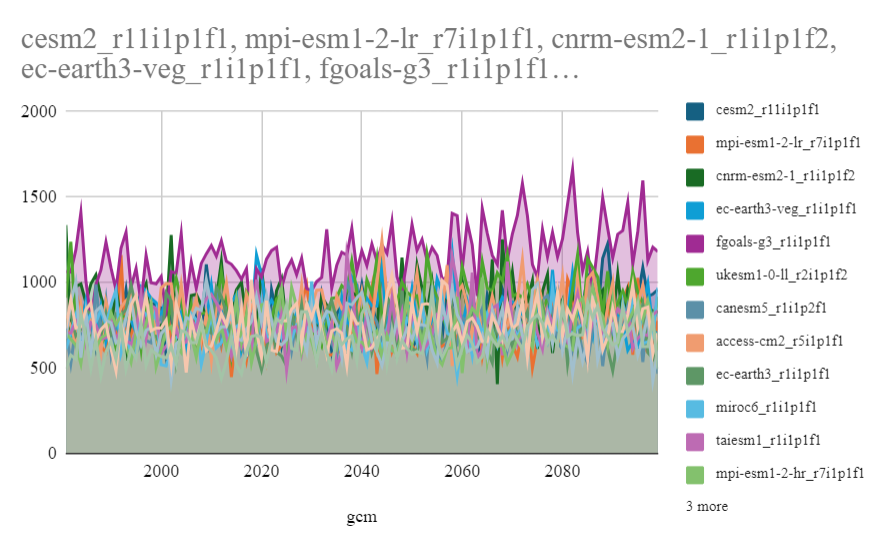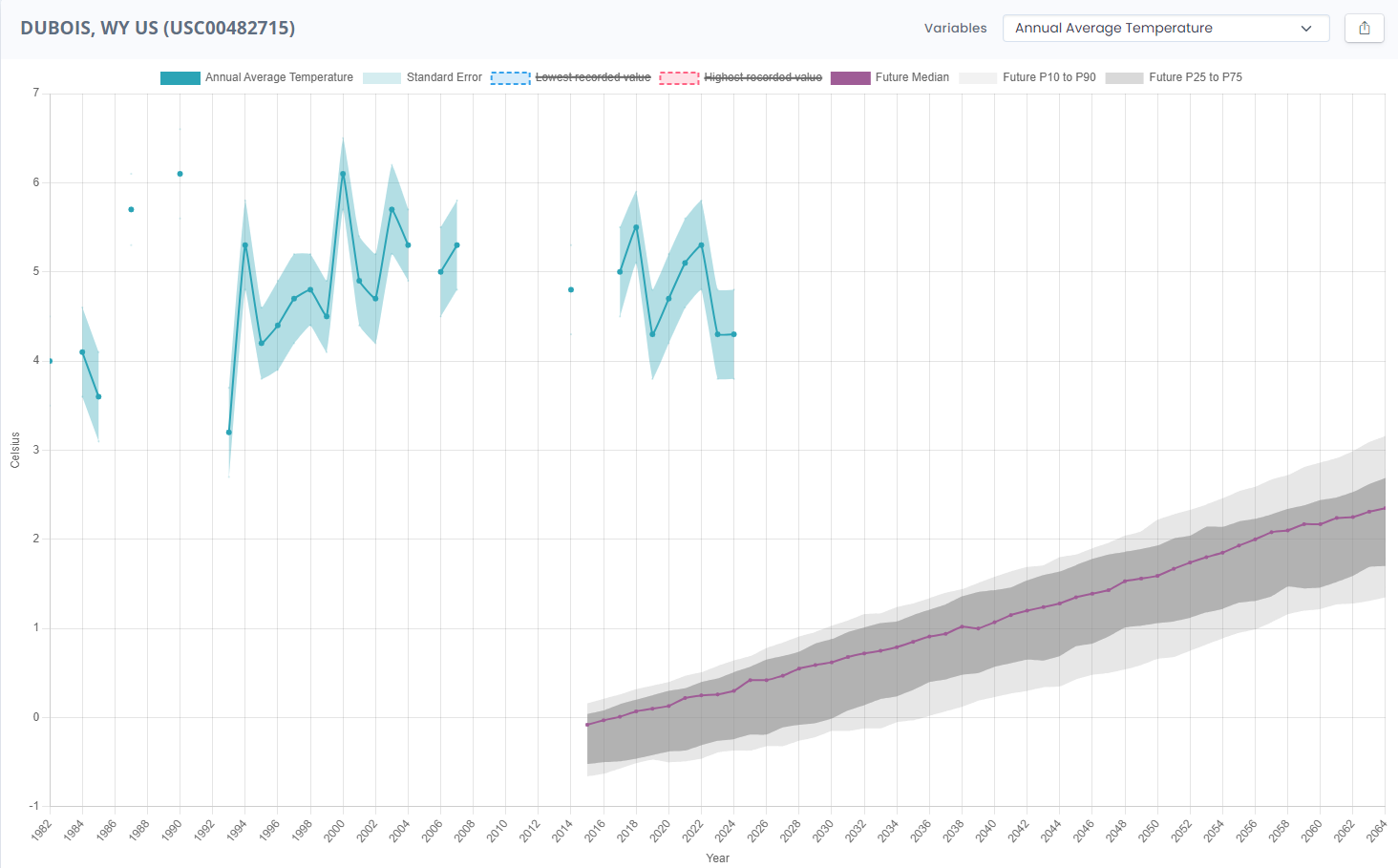Overview
Chelsea Lund, a high school science teacher, developed this lesson to give students practice working with messy climate data. The activity emphasizes experiential learning and student engagement with uncertainty. By analyzing climate model outputs alongside observed data, students identify trends and build skills in making informed decisions.
Chelsea's overview of this activity is linked HERE. Scroll down to the Resources & Links section of this page to check out their specific materials.
Goals
- Expose students to messy, real-world climate data
- Build student skills in graph interpretation and data analysis
- Develop comfort with scientific uncertainty and variability in data
- Support high-order thinking through comparisons across datasets
- Connect to student experiences to foster engagement
Implementation & Outcomes
- Implemented with 9th-12th grade Environmental Science students
- Lesson was refined with input from UW atmospheric scientist Stefan Rahimi
- Activities included working with climate model datasets and answering analysis questions to interpret trends
- Students compared climate model outputs with observed data to explore variability and uncertainty
- Students reflected on local vs. global impacts, climate change adaptation, personal connection and ethical responsibility
- Future plans include: a lesson on uncertainty, including more information on how climate models work, looking at current/past climate for prediction, and integrating messy data lessons into future climate or weathering units
Resources & Links
Contact for More Information
For more details about this program or to learn how to incorporate similar activities in your school, please reach out to the TRKE program coordinators at smtcpd@uwyo.edu.



